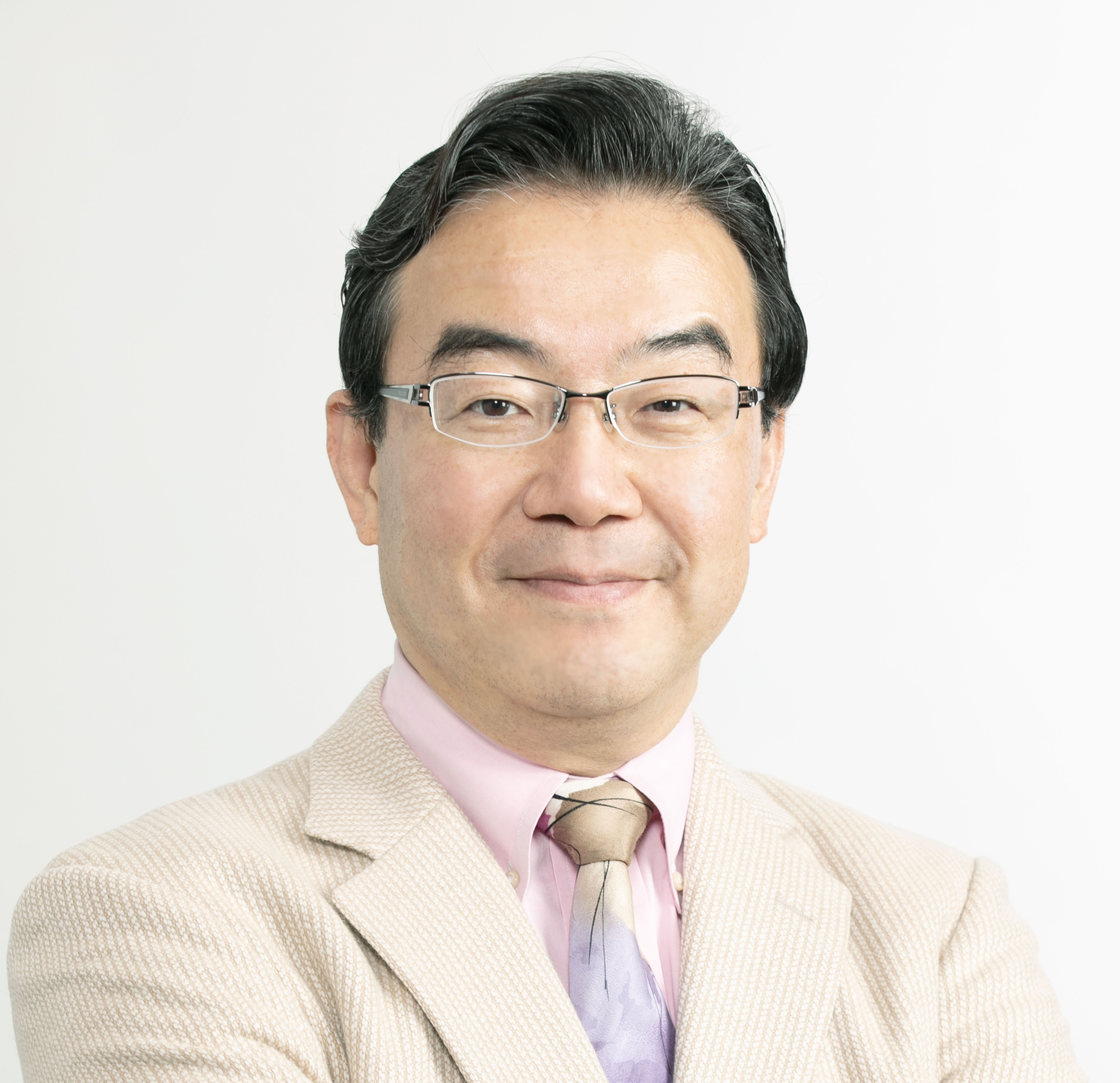Breadcrumb
NextGen Precision Health Neuroscience Seminar-Oct. 21, 2024
The goal of the NextGen Precision Health Neuroscience Science Seminar is to highlight transdisciplinary precision research taking place in the field, provide opportunities for collaboration among researchers to build their own research efforts and promote clinical/researcher activity across the University of Missouri System and our partners.
For questions about this event, please reach out to Mackenzie Lynch.
"NAD World 3.0: The Importance of Inter-Tissue Communications Between the Hypothalamus and Peripheral Tissues"
Presented by: Shin-ichiro Imai, MD, PhD, Theodore & Bertha Bryan Distinguished Professor in Environmental Medicine, Department of Developmental Biology, Department of Medicine (Joint), Washington University School of Medicine, St. Louis, Missouri
Date: October 21, 4:00-5:00 p.m.
Location: Roy Blunt Precision Health Building, Atkins Family Seminar Room
Register Here
Description
In mammals, we have previously demonstrated that the inter-tissue communication between the hypothalamus and adipose tissue, particularly mediated by extracellular nicotinamide phosphoribosyltrasferase contained in extracellular vesicles (eNAMPT-EVs), the rate-limiting NAD+ biosynthetic enzyme in mammals, functions to counteract age-associated physiological decline and promote longevity in mice (Yoshida et al., 2019). More recently, we have also demonstrated that a specific neural population in the dorsomedial hypothalamus (DMH), named DMHPpp1r17 neurons, that counteracts aging and promotes longevity through the inter-tissue communication between the hypothalamus and white adipose tissue (Tokizane et al., 2024). With these new results, we have reformulated the “NAD World” concept to the next version, NAD World 3.0, in which we speculate that several multi-layered feedback loops between the hypothalamus and peripheral tissues are the core machinery for mammalian aging and longevity control.
Speaker Bio
 Shin-ichiro Imai received his MD and PhD degrees in 1989 and 1995, respectively, from Keio University School of Medicine in Tokyo, Japan. From 1987 to 1997, he studied cellular aging-associated transcriptional regulation in human fibroblasts and proposed his “Heterochromatin Island Hypothesis of Aging.” In 1997, he moved to the US and joined the laboratory of Leonard Guarente at the Massachusetts Institute of Technology as a Human Frontier Science Program Long-Term Fellow. There, he made a paradigm-shifting discovery of the NAD+-dependent protein deacetylase activity of yeast and mammalian Sir2 proteins and published his landmark paper in the journal Nature in 2000. In 2001, he joined the faculty of Washington University School of Medicine in St. Louis, Missouri, and is currently Theodore and Bertha Bryan Distinguished Professor in Environmental Medicine in the Departments of Developmental Biology and Medicine. Professor Imai’s laboratory has been studying the systemic regulatory mechanisms of mammalian aging and longevity control, focusing on roles of mammalian sirtuins and NAMPT-mediated NAD+ biosynthesis in mammals. Based on his research, he proposed a novel concept of a systemic regulatory network for mammalian aging/longevity control, named the “NAD World” in 2009. This concept has been evolving to “NAD World 2.0” in 2016 and now to “NAD World 3.0.”
Shin-ichiro Imai received his MD and PhD degrees in 1989 and 1995, respectively, from Keio University School of Medicine in Tokyo, Japan. From 1987 to 1997, he studied cellular aging-associated transcriptional regulation in human fibroblasts and proposed his “Heterochromatin Island Hypothesis of Aging.” In 1997, he moved to the US and joined the laboratory of Leonard Guarente at the Massachusetts Institute of Technology as a Human Frontier Science Program Long-Term Fellow. There, he made a paradigm-shifting discovery of the NAD+-dependent protein deacetylase activity of yeast and mammalian Sir2 proteins and published his landmark paper in the journal Nature in 2000. In 2001, he joined the faculty of Washington University School of Medicine in St. Louis, Missouri, and is currently Theodore and Bertha Bryan Distinguished Professor in Environmental Medicine in the Departments of Developmental Biology and Medicine. Professor Imai’s laboratory has been studying the systemic regulatory mechanisms of mammalian aging and longevity control, focusing on roles of mammalian sirtuins and NAMPT-mediated NAD+ biosynthesis in mammals. Based on his research, he proposed a novel concept of a systemic regulatory network for mammalian aging/longevity control, named the “NAD World” in 2009. This concept has been evolving to “NAD World 2.0” in 2016 and now to “NAD World 3.0.”